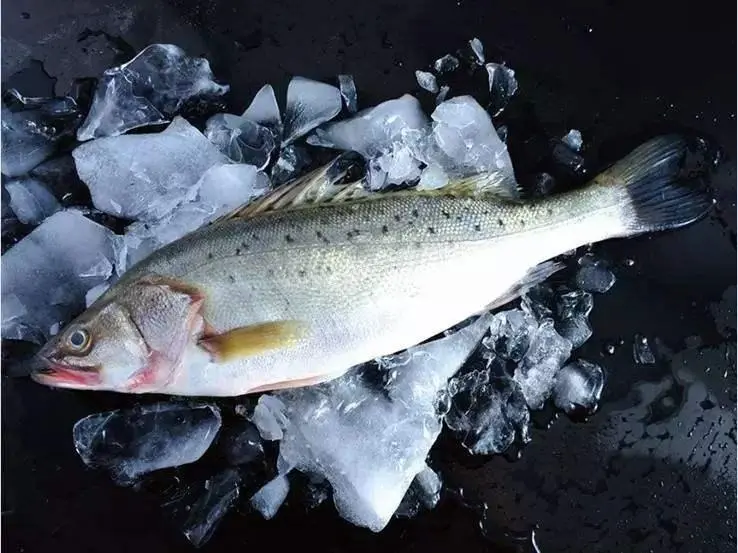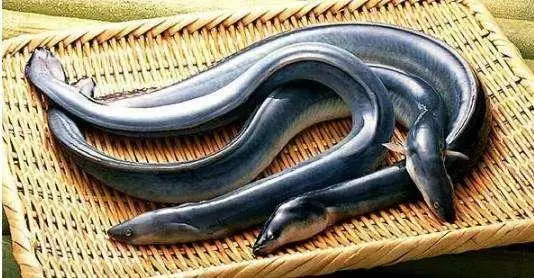People’s living standards are improving day by day, they pay more attention to health in all aspects of diet, and the food on the table is more and more abundant and more nutritious. Fish is delicious and rich in protein, making it a common delicacy on the table.5 kinds of freshwater fish that are neglected by people
According to the different living water environment, fish are divided into freshwater fish and saltwater fish. In a broad sense, fish living in fresh water with a salinity of 3‰ are called freshwater fish, and fish living in the ocean are called saltwater fish. . Between freshwater fish and saltwater fish, people prefer to eat saltwater fish, because saltwater fish are rich in DHA and EPA in our conventional understanding, both of which are very beneficial to the human body substance.

DHA, commonly known as “brain gold”, has the effect of strengthening the brain and improving eyesight; EPA, commonly known as “vascular scavenger”, has the function of cleaning up the garbage (cholesterol and triglycerides) in the blood vessels. DHA and EPA are both polyunsaturated fatty acids, important members of ω-3 unsaturated fatty acids, and the two most important substances in ω-3 unsaturated fatty acids to the human body. Neither of these two substances can be synthesized by themselves and must be obtained from Obtained from food, when lacking, it is easy to cause obstacles to the heart and brain.

Among the many saltwater fish, large yellow croaker, salmon, tuna, anchovies, sea bass, hairtail, and herring are all common and easy-to-buy marine fish with high DHA and EPA content in China.
Comparison chart of DHA content and EPA content of large yellow croaker, salmon, tuna, anchovies, sea bass, hairtail, herring:
Saltwater fish are indeed rich in DHA and EPA, but many people mistakenly believe that only saltwater fish contain these two substances. This cognition is incorrect. Whether it is saltwater fish or freshwater fish, it contains DHA and EPA. EPA, just in different amounts. The following 5 kinds of freshwater fish that are neglected by people, each contains DHA and EPA, which are delicious and cheap and worth eating more.
- Perch Freshwater perch is commonly known as perch, also known as flower perch. Per 100g of freshwater sea bass contains 860mgDHA and 130mgEPA, sea bass is suitable for steaming, delicious taste and minimal damage to nutrients.

Steamed Sea Bass
- After the sea bass is bought, handle it well (remove gills, scales, internal organs, etc.) and clean it.
- Stuff chopped green onion and ginger slices in the fish maw, pour cooking wine on the surface, sprinkle with salt and marinate for 10 minutes.
- Cut an appropriate amount of ginger slices and scallions and put them on the sea bass. After the water in the pot is boiled, put the sea bass in the steamer and steam for 10 minutes on high heat.
- Pour the sauce made from oyster sauce and soy sauce on the sea bass and continue to steam for 10 minutes.
- After steaming, pour 70% hot oil on the fish.

- River eel River eel, also known as eel, contains calcium, vitamin A and other nutrients. Every 100g of river eel contains 471mgDHA and 198mgEPA. There are many ways to eat river eel, such as braised, fried, steamed and stewed.

Braised river eel
- After buying the eel, clean it and cut it into pieces.
- Put an appropriate amount of oil in the pot, and when it is 60% hot, put the eel pieces in, stir fry evenly, and then put it out for later use.
- Leave a little base oil in the pot, add garlic cloves, shallots and dried red peppers, fry until fragrant, add eel pieces, soy sauce, cooking wine, salt, sugar and an appropriate amount of water, stir well and boil, and simmer on medium and low heat. .
Read more tips about health and fitness http://www.growmorehealth.com
